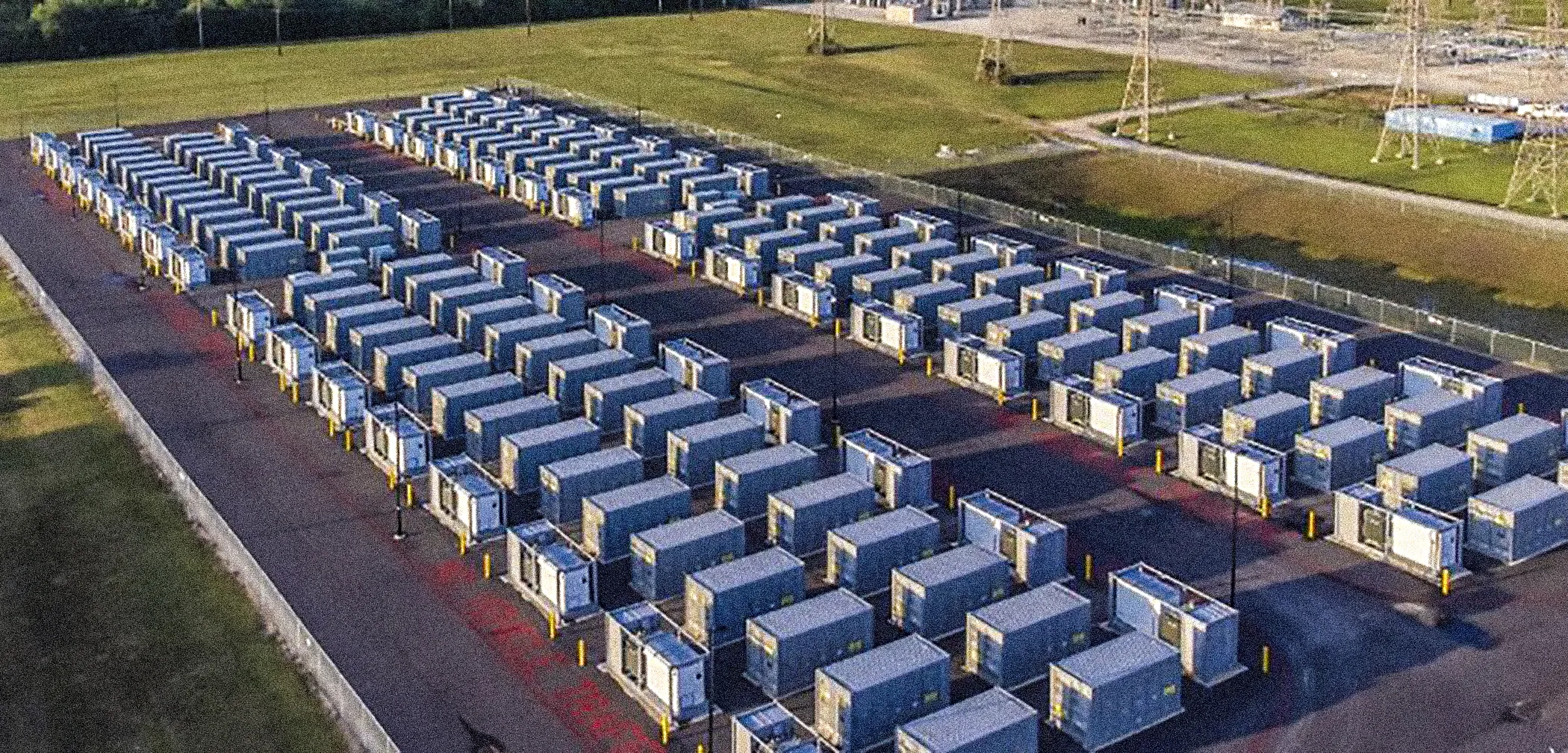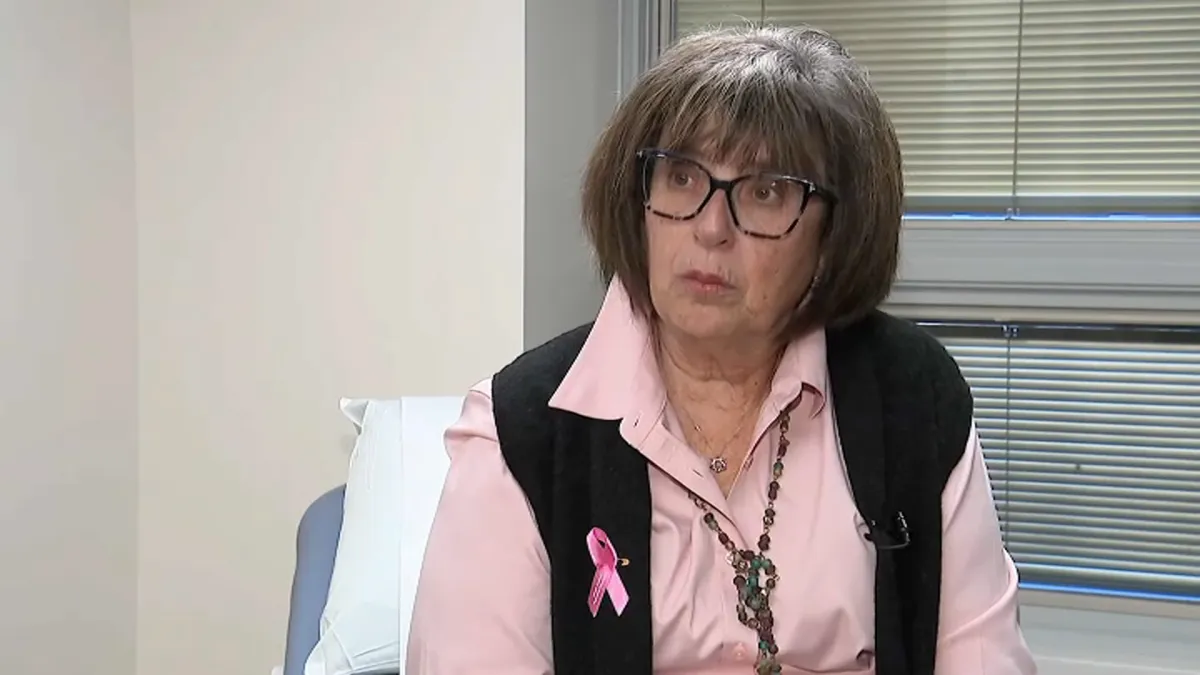Copyright The Austin Chronicle

Last week, Austin Energy announced a major milestone in its progress toward fulfilling Austin’s climate goals – a large-scale battery storage contract with Jupiter Power that will provide 100 megawatts of power toward AE’s goal of 125 megawatts by 2027. As the utility draws closer to its 2035 deadline of becoming 100% carbon-free, it’s balancing Austin’s climate goals while trying to keep customers’ bills low and the lights on. This project helps it do all of that. “It’s more than an investment in infrastructure – it’s a commitment to a cleaner, more resilient energy future for Austin,” said Mayor Kirk Watson in a press release. Large-scale battery storage is a key way to reduce strain on the statewide grid, protect customers from volatile prices, and decrease reliance on fossil fuels. In the summer of 2024, solar provided 25% of Texas’ power during the hottest hours of the day, and batteries carried that through the evening. “Wind and solar are variable, so they’re not always going to produce power when demand is the highest,” Stuart Reilly, AE’s interim general manager, told the Chronicle – but a battery can charge when the sun is shining and deploy when demand is high. This one lasts for four hours, double the capacity of the typical ERCOT battery. Location was a major factor in AE choosing this contract, as the lack of statewide transmission line infrastructure drives up energy prices when those lines get congested. “We might have a really good solar energy farm in West Texas, or a really good wind farm in South Texas by the coast, but sometimes you can’t get that energy adequately into Austin,” explained Reilly. This battery, which will come online in 2027, will be built near AE’s existing Webberville solar array. It’s a historic investment, but still a fraction of what AE’s Resource Plan calls for – 300 megawatts of battery storage by 2035. In order to get there, AE hopes to use a mix of distributed community solar and utility-scale solar like this. However, in August AE lost $32 million in federal funding that would have added an estimated 20 megawatts of local solar panels for low-income Austinites. And utility-scale batteries are expensive – this one is $14.4 million per year, with a term of up to 20 years. Ever-changing technology is also driving up demand. “It used to be the clean energy transition was: How much more green can I get?” said Reilly. “Now, it’s how many more EVs, manufacturing or data centers can you provide power to? Meanwhile, costs are skyrocketing for electric components. We need the flexibility to be able to respond to that.” Last December, AE added gas “peaker” plants to its Resource Plan, which operate during times of peak demand as a stopgap to keep prices low while AE looks for long-term renewable solutions. “So it’s challenge upon challenge upon challenge,” said Reilly, who was announced this week as AE’s new general manager starting November 2. “Having tools like a four-hour battery is going to help us, but there’s no silver bullet.” This article appears in October 31 • 2025.



